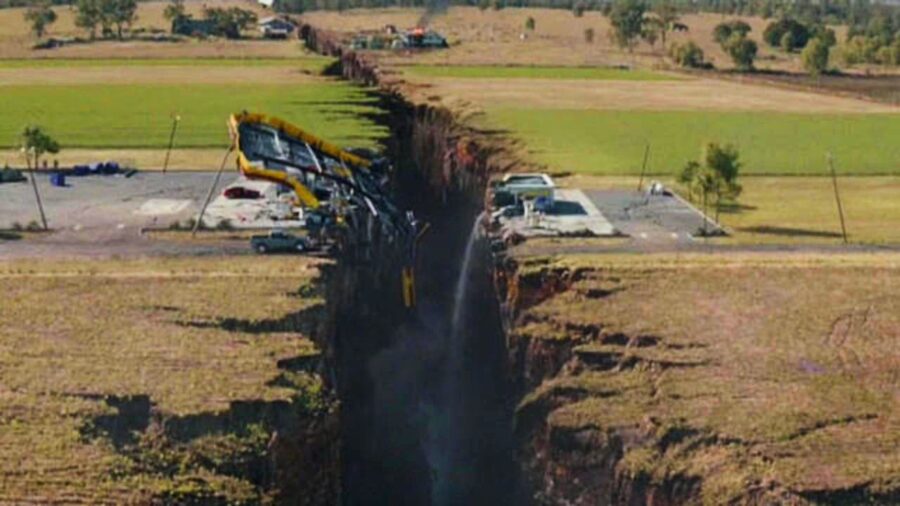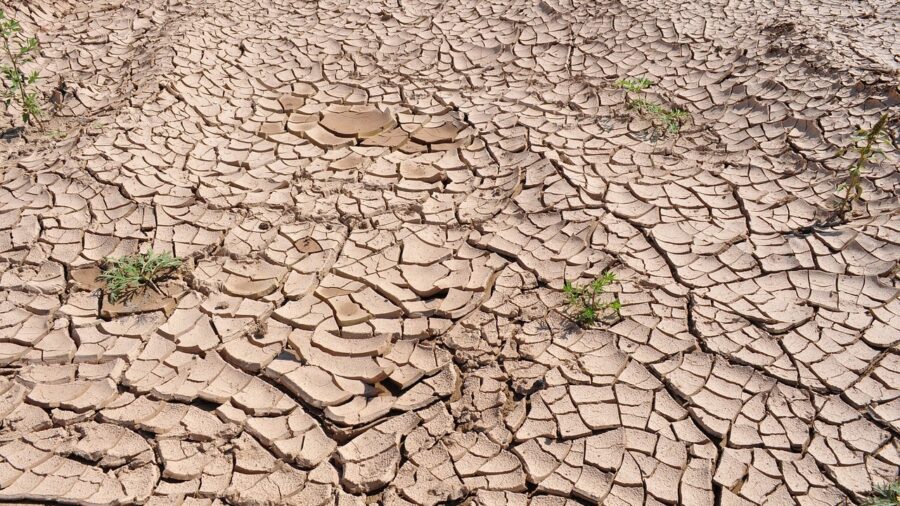Tectonic Plate Is Splitting In Half

If you aren’t yet familiar with the manner in which mountains become mountains, pay attention. The Earth’s land masses are made up of many different tectonic plates that move around very slowly to form the various continents we know today. Researchers recently found that one tectonic plate in particular is likely splitting in half.
Tectonic plates are known to move because they sit atop the Earth’s mantle, and the inner workings of the planet are a bit more fluid than the outer crust. Currently, India sits atop the Indian Plate which has slipped underneath the Eurasian Plate.
One theory is that the Indian Plate is crunching and distorting as it collides with the Eurasian Plate and that’s how the Himalayan Mountains were formed.
When one tectonic plate crashes into or slips underneath another tectonic plate, mountains and/or volcanoes form. It is believed that the submersion of the Indian Plate beneath the Eurasian Plate is responsible for the formation of the Himalayan Mountains and the lifting of the Tibetan Plateau.

Researchers from institutions in China and the United States believe that the Indian tectonic plate is slowly disintegrating as it grinds its way along the underbelly of the Eurasian Plate.
Having a clearer understanding of the two tectonic plates provides a golden opportunity for scientists to better and more accurately predict what the movement of the plates could mean.
After studying the density of the mantle and crust in the area, the Indian Plate should prove rather buoyant, leading scientists to summarize that the plate grinds and bumps as it moves along underneath its topper.
Another theory is that the Indian Plate is crunching and distorting as it collides with the Eurasian Plate and that’s how the Himalayan Mountains were formed. Different perspectives have long provided different conclusions on the matter.
However, geophysicist Lin Liu from the Ocean University of China recently led an investigation of the matter that produced a more definitive answer to the debate on the movement of the two tectonic plates.
Researchers “amassed ‘up-and-down’ S-wave and shear-wave splitting data from 94 broadband seismic stations arranged west-to-east across southern Tibet”. They then combined their findings with some previously collected ‘back-and-forth’ P-wave data to come up with a better analysis of the dynamics below the surface of the two tectonic plates.
When one tectonic plate crashes into or slips underneath another tectonic plate, mountains and/or volcanoes form.
The conclusion was that the Indian Plate was not smoothly moving along below the surface of the Eurasian Plate, and it wasn’t crunching and bunching up like a rug pushed across the floor. Instead, the Indian Plate is delaminating below the surface.
The more dense bottom portion of the Indian Plate is peeling free from the upper portion of the plate and sinking deeper into the molten areas of the mantle, closer to the Earth’s core. The upper portion of the plate remains just underneath the Eurasian Plate, grinding alongside the bottom.
This is the first study to provide empirical evidence of a tectonic plate splitting in half. Before now, only theoretical computer models had shown this possible outcome when two tectonic plates collide.
Having a clearer understanding of the two tectonic plates provides a golden opportunity for scientists to better and more accurately predict what the movement of the plates could mean. The new study could help to refine current earthquake prediction tools for a more accurate warning system.
Source: ESS Open Archive












